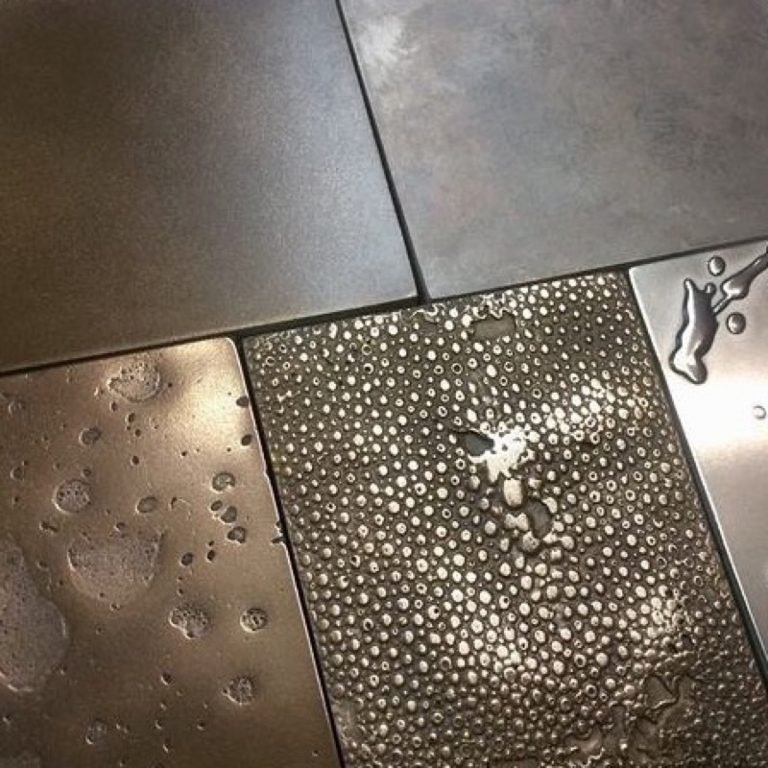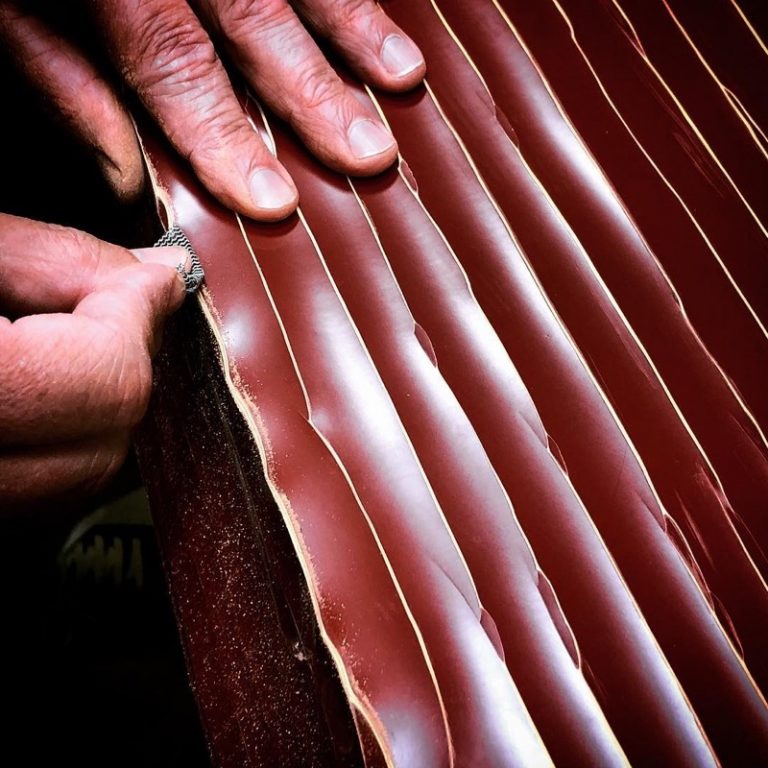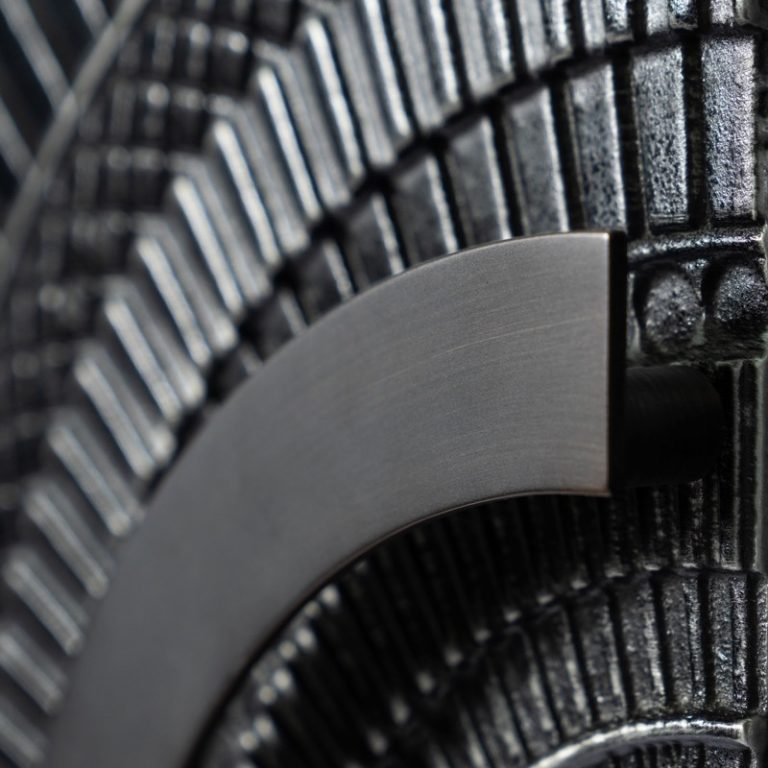Key Takeaways
- Polyester resins are ideal for any project larger than a few feet and where you need to keep costs down. Epoxy resins offer superior bonding strength and durability, suited for high-performance applications.
- It is very important to know the differences in chemical composition and curing of these resins. This will help you select the correct material for your specific needs.
- Epoxy resins really shine in applications that require moisture resistance and years of durability, such as marine applications. Polyester resins are better suited for decorative and lower stress applications.
- Branded as superior in adhesion, mechanical properties, and resistance to environmental degradation, epoxy was the clear winner. Polyester is more easily worked with at the application and shaping stages.
- Polyester resins are easier because they cure shorter. Epoxy resins require careful mixing and longer curing times to deliver optimal results.
- Your health and safety come first. Proper ventilation and the right protective gear should be used when working with either type of resin to prevent exposure to harmful fumes and skin contact.
Did you know that epoxy resin can be twice as strong as polyester resin? Both resins have unique perks and roles in different projects. Epoxy resin is excellent for bonding and durability; it is often used in marine and aerospace. Being cheaper and quicker to cure, polyester resin still works well in fiberglass repairs and casting. Epoxy has stronger sticking and moisture resistance but is pricier. Polyester is more straightforward to sand and cheaper but not as durable. Let’s delve into the uses and what might work best for your needs. Let’s trickle the world of resin through our inks with tactile knowledge!
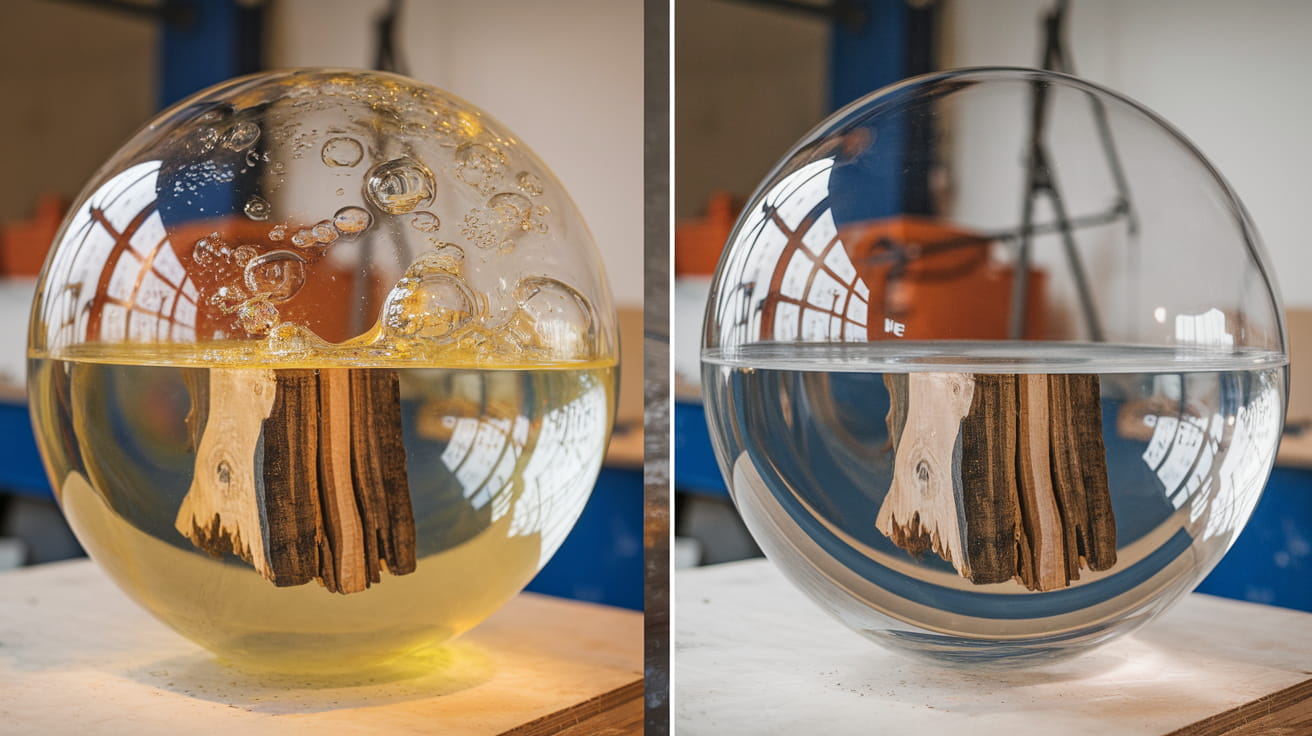
What Are Polyester and Epoxy Resins
Polyester Resin Overview
A true veteran in fiberglass applications, polyester resin has been at it for decades. You’ll see it on boat-building and repair because it’s reliable and affordable. It’s your go-to tool for watertight repairs when you prepare correctly. Here’s the thing: while polyester resin is durable, it’s not the strongest or most water-resistant option out there. It is not as resilient over time as epoxy. It’s like the reliable old friend who’s very handy for small repairs and quick fixes in different projects. It’s completely compatible with glass fiber materials, which is why you’ll see it everywhere from roofing to waterproofing.
Another big plus is the affordability of polyester resin. It’s cheaper than epoxy, which makes it appealing to budget-minded DIY enthusiasts. It’s essential to note that polyester resin can absorb water. However, it might not be suitable for long-lasting water resistance. It then needs a catalyst to properly cure. You have to be patient; the curing process takes about 12 hours. The resin can withstand heat, with a tolerance of up to 176°F. That limit is higher than the safe heat exposure for epoxy.
Epoxy Resin Overview
This stuff is a beast for strength and bonding. You’d think this resin was a superhero! It has better cure strength and can take much more stress than polyester. With great power comes a higher price tag. Epoxy resin has a steep price tag. It really is a matter of precision mixing, much like following a recipe exactly. Otherwise, you may wind up with something less than ideal. Remember, epoxy has a limited working time before it begins to cure. That means you have to act quickly!
Epoxy resin is also super versatile and ends up getting into all sorts of places. Epoxy is the go-to material for projects needing greater fracture strain and impact resistance. It works with anything from carbon fiber to Kevlar-reinforced plastics. It does have a downside: it can be a bit brittle over time, leading to hairline cracks if not used properly. Do remember that epoxy isn’t water permeable. It has a heat limit of about 135°F, which is lower than polyester’s limit.
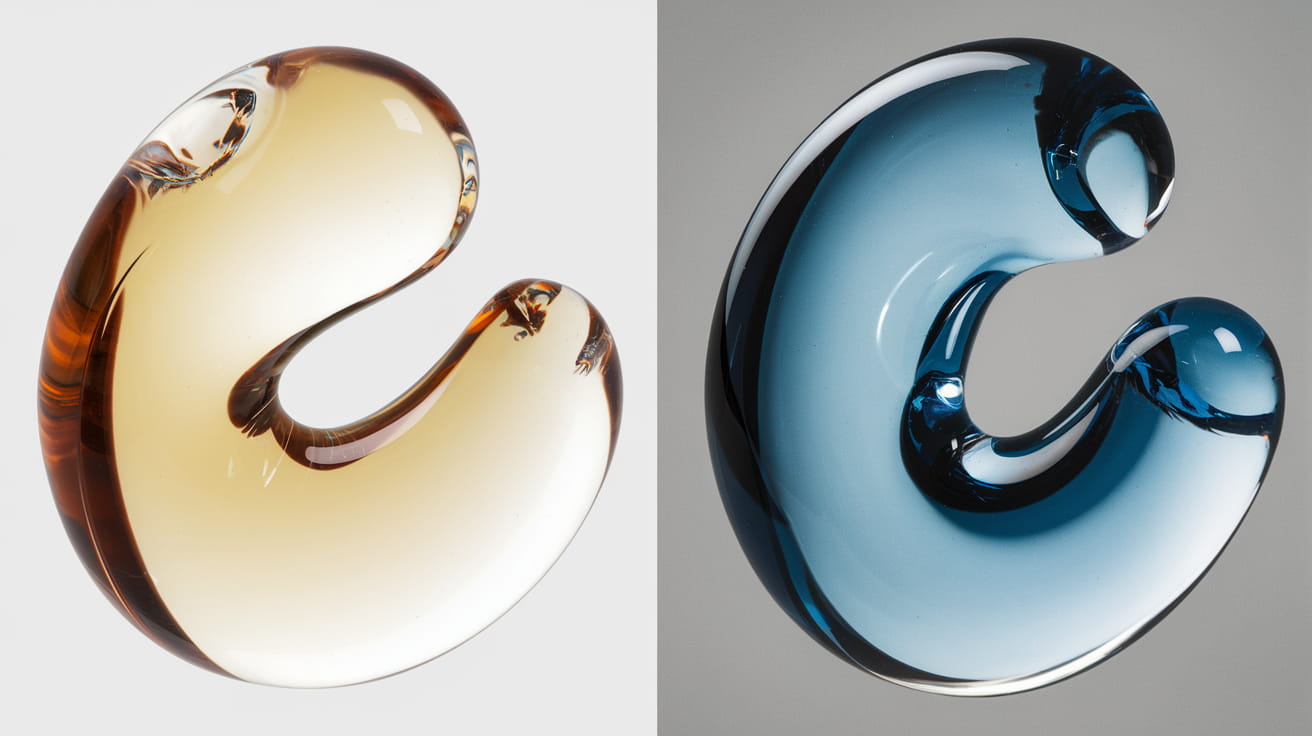
Key Differences Between Polyester and Epoxy Resins
1. Composition and Ingredients
You just kind of got into it. Polyester resin is made from unsaturated polyester polymers and mixed with styrene. This combo starts a chemical reaction when you introduce a catalyst, which makes the resin set. During that process, it shrinks down a bit, which is a headache for some projects. Epoxy resin is the one that has the epoxide groups and the curatives. When you combine the two — the resin and hardener — you get a rock-solid bond with very little shrink. Additionally, epoxy doesn’t give off any nasty fumes, so it’s beloved for indoor projects.
2. Performance and Strength
When it comes to strength, polyester’s not too shabby, especially when you reinforce it with fiberglass. Epoxy completely takes the cake with its ridiculously high bond and compressive strength. It’s like the superhero of resins! Polyester’s got some flexibility, which is nice, but that can lead to microcracking over time. Epoxy, though, is a little more brittle when cured, but it manages stress really well.
3. Durability and Longevity
Here’s the scoop on durability: polyester’s great, but it’s prone to degrading and letting moisture in. Not exactly ideal, huh? Epoxy, on the other hand, is more like a fortress against moisture and chemicals, which keeps it around longer. Projects that use epoxy generally last longer. Remember, proper surface prep is key for both to maximize durability.
4. Heat and Chemical Resistance
I thought where things got interesting was the heat and the chemicals. Polyester can withstand medium chemical exposure, but beware of water degradation. It has a heat limit of around 176°F, so be mindful of that. Where epoxy shines is its moisture barrier and superior chemical resistance. It’s used a lot in industries where this really matters: aerospace, automotive, etc.
5. Cost and Affordability
Lastly, let’s talk bucks. Polyester is easier on the wallet, about $15-30 per gallon. Epoxy is more expensive – more like $50-100 or so. Polyester is readily available, even in marine shops, and epoxy will come from specialist suppliers. It’s something that should be considered for your projects, but budget plays a big role in choosing between them.
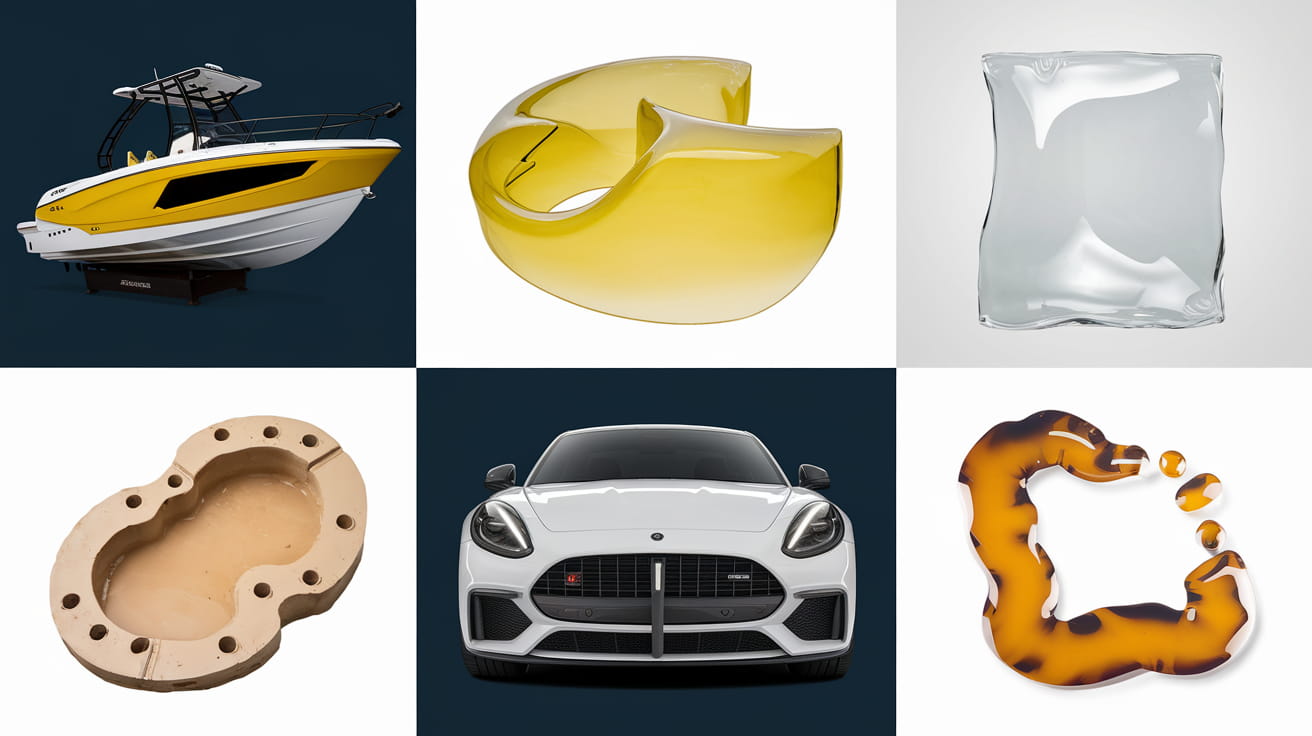
Applications for Polyester and Epoxy Resins
Without Reinforcement Uses
Talk to me a little bit about where you’re going to use these resins, without all this extra stuff added in. Polyester resin is frequently chosen for smaller jobs, such as minor boat repairs or patching dings. It’s lightweight and easy to work with, making it a go-to for quick repairs. Keep in mind it has a short shelf life! It lasts only six months to a year, depending on how you store it. Exhaust it while it’s still fresh.
There are various ways epoxy resin shines. It’s great for adhering diverse materials together. You can think about fixing a crack in a concrete floor or gluing two different surfaces together. Because of its strength, epoxy is one of the most reliable adhesives around for tasks with heavy demands. It can safely withstand heat up to 135°F, ensuring it excels in tougher jobs. It has its limitations. Both resins have limitations without reinforcement. That’s why it’s important to know what your goals are before you select one.
With Reinforcement Uses
Adding some reinforcement can really make a difference. Fiberglass is a favorite for beefing up polyester resin. It boosts its strength, making it solid enough for boat hulls or hard-wearing surfaces. The heat limit here is higher too—about 176°F—giving it a bit of an edge in hotter conditions.
Epoxy has got to be the best if you’ve got the heavy stuff; you could do even heavier than that, the carbon or the Kevlar. It grants top-tier durability and impact resistance, even for high-stress work like boat building. You can dial it to the strength you require. Just mix between 1.25% and 1.75% per gallon for the best results. All of this reinforcement really takes it up a notch, making epoxy one of the top contenders for when you just can’t afford a compromise.
Versatility in Various Industries
Polyester and epoxy resins are the Swiss Army knives of the materials world. They’re used all over the place. In the marine realm, polyester resin is popular due to its ease of use and low cost for boat repairs. In construction, epoxy’s strength makes it ideal for structural fixes. The automotive industry loves these resins for their adaptability.
Epoxy is also becoming more popular in those high-performance spots, since it can stand up to the demands of stress and wear over time. It may be more expensive, but for projects that require that extra fortitude, it’s worth every cent. When you’re patching up a small project, each resin works significantly better if you have a basic understanding of how each one works. If you’re diving into a major build, that knowledge will help you choose the right material for your needs.
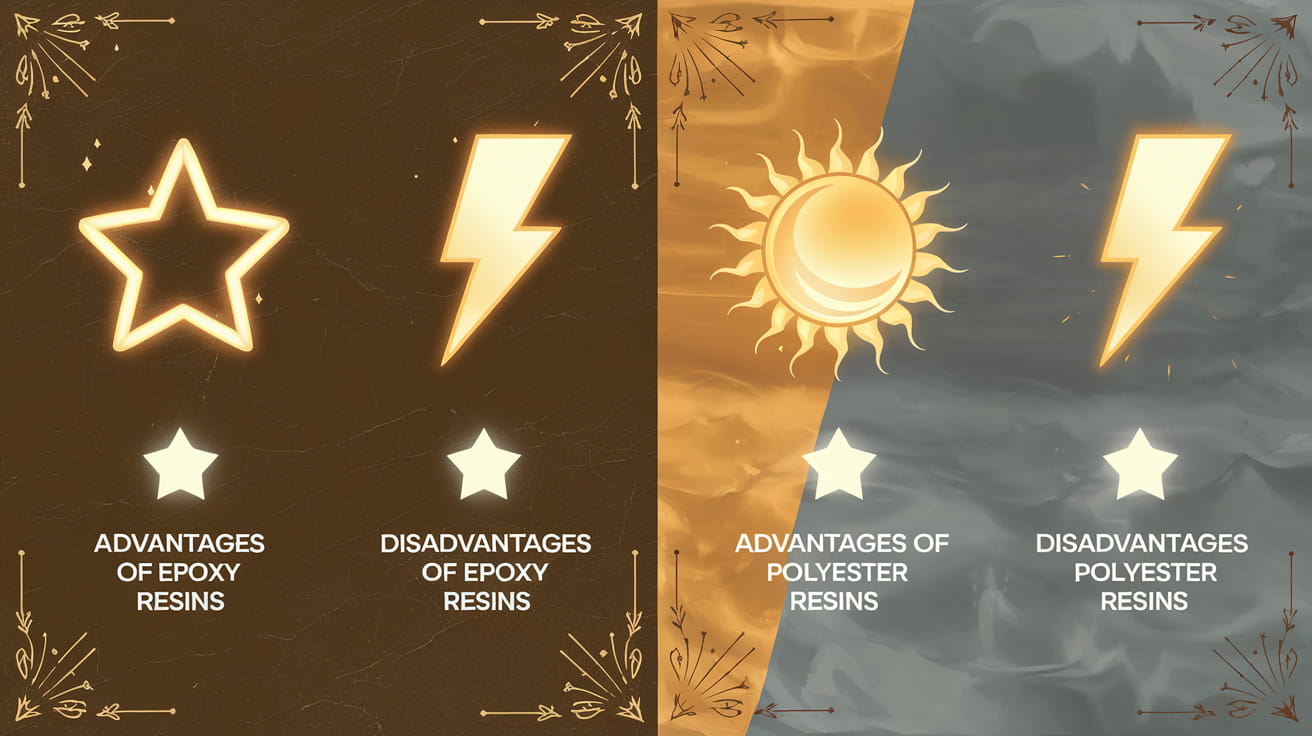
Advantages and Disadvantages of Each Resin
Benefits of Using Polyester Resin
In regard to polyester resin, the first thing that strikes you is the price. It’s way cheaper than epoxy, which makes it a go-to for DIY folks on a budget. Think of quick fixes around, say, an office or even cosmetic fixes. It’s super easy to use and is great for people who are just getting started and may not yet be comfortable working with resin. You just need a catalyst to start the curing process, which takes about 12 hours. Plus, it’s quite versatile, if I do say so myself. It works awesome with glass fiber stuff. On top of that, it’s making rounds in industries such as boat building and waterproofing. If you’re planning on trying your hand with a few DIY projects, polyester just may be your new best friend.
Drawbacks of Polyester Resin
Let’s not sugarcoat it. Polyester resin has its downsides. It’s not quite as powerful as the best out there. Over time, it may show signs of wear and tear, such as microcracking. It’s also prone to damage from the elements, particularly moisture, which can negatively impact the material’s durability. It can withstand heat up to 176°F, but it doesn’t do as well as epoxy when it comes to stress. If you’re looking for something more durable, you’ll want to prep that surface right! This step will maximize its longevity. Don’t forget, its shelf life is only about 6 months to a year, depending on storage.
Benefits of Using Epoxy Resin
Epoxy resin is a completely different story. It has this high bonding strength that can’t be beat, which makes it ideal for structural repairs. Whether you’re repairing something large or small, epoxy’s your dude. It doesn’t shrink much as it cures, which means better performance over time. Plus, it’s super resistant to moisture, so you can count on it lasting when the going gets tough. It’s also the go-to when you’re dealing with strong reinforcements such as carbon and Kevlar. If you’re bonding different materials, epoxy’s versatility makes it a top choice.
Drawbacks of Epoxy Resin
All that goodness has a cost. Epoxy is pricier than polyester, which can definitely be a consideration if you’re on a budget. The mixing process can be a bit of a hassle as well. You’ve got to be fussy to get it just right. Once you start it, you have a limited amount of time to work with it before it starts curing. It can also be brittle once cured, cracking under stress. Its safe heat limit is around 135°F. That’s lower than polyester, so use caution in high-heat situations.
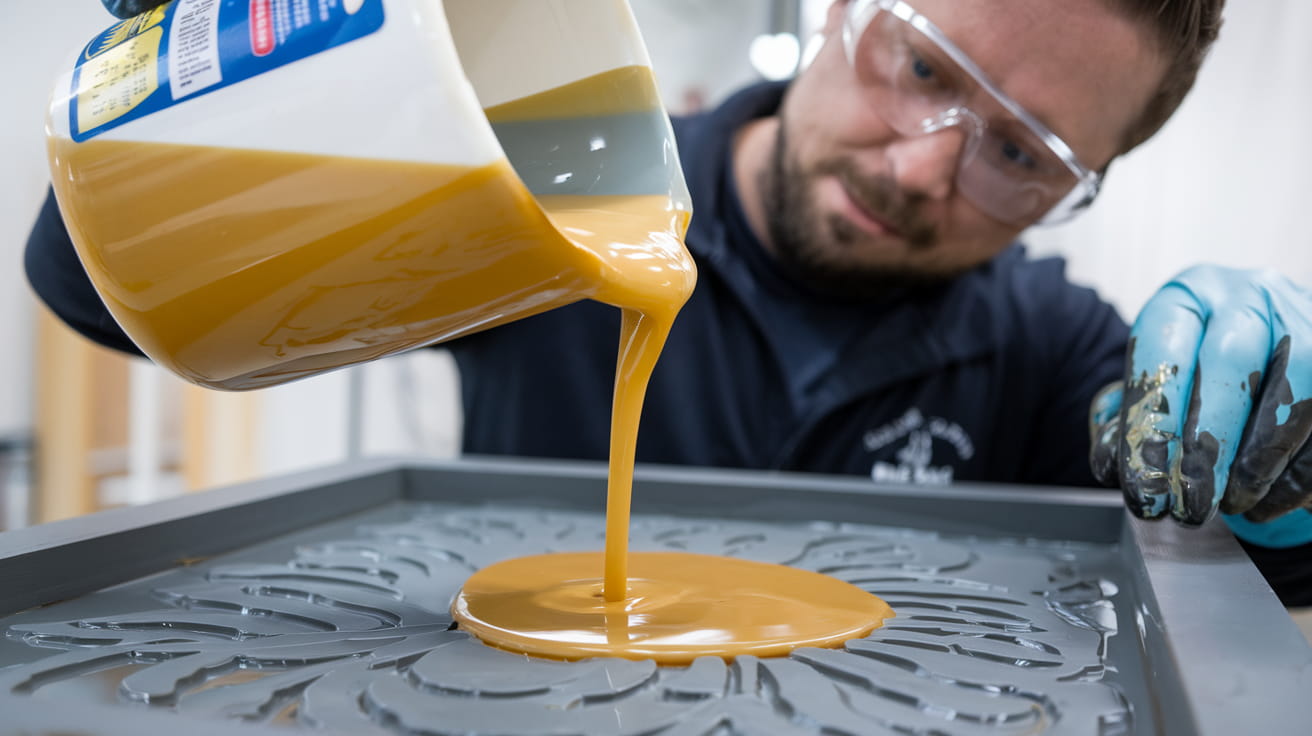
Ease of Use Comparison
Working with Polyester Resin
Let’s break into polyester resin first. People use it for crafting and jewelry making. Its low cost and fast curing time of only 12 hours make it a top pick. That means you can bang out a project in no time. The mixing is intuitive, with a simple ratio of hardener to resin — so it is fairly user-friendly. You can apply it with a brush or a roller, which are common tools you likely already have. Keep in mind that polyester resin has a very strong smell of styrene. To keep yourself safe, wear the proper personal protective equipment (PPE), such as masks and gloves. It’s also really important to prep your surfaces well before you get started. Clean and sand the surfaces so the resin sticks better. Keep in mind, although it’s quick, it doesn’t have much room for error or adjustment. Once it’s down, it’s down.
Working with Epoxy Resin
Okay, let’s talk about epoxy resin. It is the one you want for high-precision projects, such as within the automotive or aerospace industries, where precision is everything. That precision leads to complexity. You have to be precise with your measurements and mixing. The ratio of hardener to resin is slightly more complicated than polyester. It’s important to work fast because epoxy has a short working time before it begins to set. Safety is a big deal here since epoxy contains some toxic ingredients. Proper ventilation and PPE are non-negotiable. Epoxy, on the other hand, takes its time to cure, requiring at least 72 hours. That longer curing time means you have a window to make adjustments or corrections, which is a huge plus. For maximum impact, ensure you’re operating under ideal circumstances, including ideal temperature and humidity.
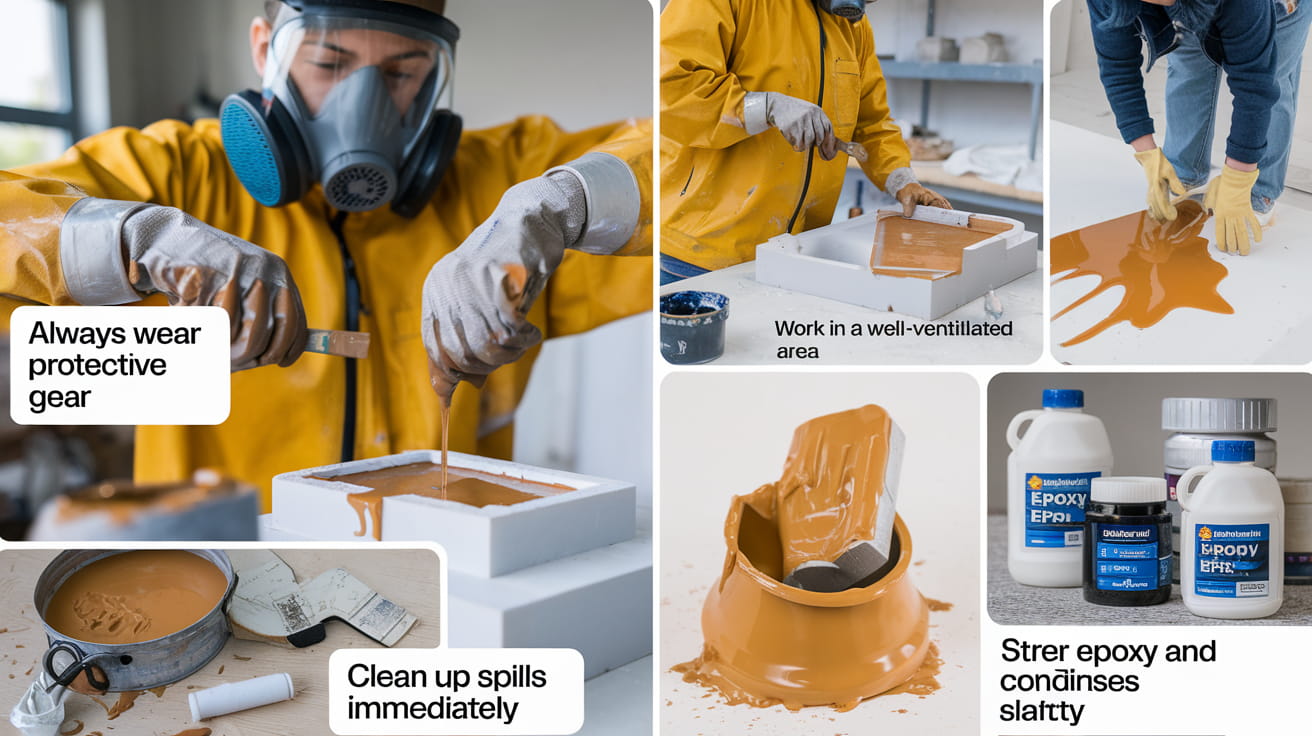
Health and Safety Considerations
Health Risks from Inhaling Fumes
Be aware of the health risks of the fumes from polyester or epoxy resins. Staying informed helps you protect yourself while you work with the materials. Both types release volatile organic compounds (VOCs). These compounds can cause headaches, dizziness, and irritation of your eyes, nose, and throat. Long-term exposure can even result in more serious diseases. Always put your health first by knowing these risks and doing what you can to minimize them. Always work in open or well-ventilated spaces. Never underestimate how fresh air dilutes bad fumes.
Importance of Personal Protective Equipment (PPE)
The use of proper personal protective equipment (PPE) is not merely a suggestion – it is a requirement. Gloves and masks are your first line of defense against harmful exposure. They keep your skin from coming into direct contact with the resin, which can irritate or cause an allergic reaction. Masks, particularly those rated for chemical vapors, filter harmful particles from the air. Consider PPE your safety shield, minimizing the danger of your work environment.
Proper Ventilation Requirements
Proper ventilation is essential when working with these resins. You want to get any bad fumes away from you as fast as possible, so their concentrations are reduced. Instead, work in outdoor areas or use exhaust fans to keep air circulating. This prevents the formation of harmful fumes, allowing you and people around you to feel safer. Remember, good airflow isn’t just about comfort; it’s about safety.
Safe Handling and Disposal Guidelines
Working with and disposing of resin materials safely is important for accident prevention and for avoiding environmental damage. Always adhere to the mixing ratios per the manufacturer’s guidelines. For instance, use a catalyst volume of 1-4% for polyester resin to ensure proper curing and avoid waste. Once mixed, use it right away, or your work may suffer. For disposal, never pour leftover resin down drains. Instead, let it fully cure in a safe place before throwing it out like regular non-hazardous waste. With this method, you can be sure you’re doing your part to keep the environment safe.
Conclusion
Let’s finish our exploration into the realm of resins.
Now you know how to decide between polyester and epoxy resin. You know the differences, the pros and cons, and the safety stuff.
Just think, you’re embarking on a brand new project, and now you can confidently select the appropriate resin. Polyester’s great for cheap, big-time jobs, such as boat construction. Epoxy excels in the detailed, strength-dominant jobs, perhaps like building a surfboard.
Both have their insert stage where they star. So, get out there and try ’em. Don’t just read about it – experience it.
Where do you start? Gather your materials, put on your safety gear, and get to work. Experiment and see what works best for you.
Trust your brand new smarts — and create something wicked cool. Go ahead, take the plunge. Your next masterpiece is waiting!
Frequently Asked Questions
What are the main differences between polyester and epoxy resin?
Polyester resin is less expensive and cures faster. Epoxy resin has higher strength and adhesion. Epoxy is also more resistant to chemicals and water.
In which applications is epoxy resin preferred over polyester?
Epoxy resin is preferred in marine and aerospace industries. It is used in high-performance applications, as it is stronger and more durable.
Are polyester resins easier to use than epoxy resins?
Yes, polyester resins are easier to use. They cure faster and require less precise mixing. They don’t come close to the performance of epoxy resins.
What are the health risks associated with polyester and epoxy resins?
Resin releases harmful fumes. Polyester resins emanate styrene, which is toxic. Epoxy causes skin irritation. Work in a ventilated area and wear protective gear at all times.
What are the advantages of using epoxy resin?
Epoxy resin has enhanced strength, durability, and resistance to chemicals. It’s great for high-stress environments and has superior bonding with most materials.
Which resin is more cost-effective?
Polyester resin is less expensive. It’s cheaper and cures faster, making it appropriate for large-scale, low-budget projects.
Can polyester resin be used for outdoor projects?
Yes, but it’s not as resistant to UV. Over time, it can break down or turn yellow. You’d be better off using epoxy resin for long-term outdoor exposure.



